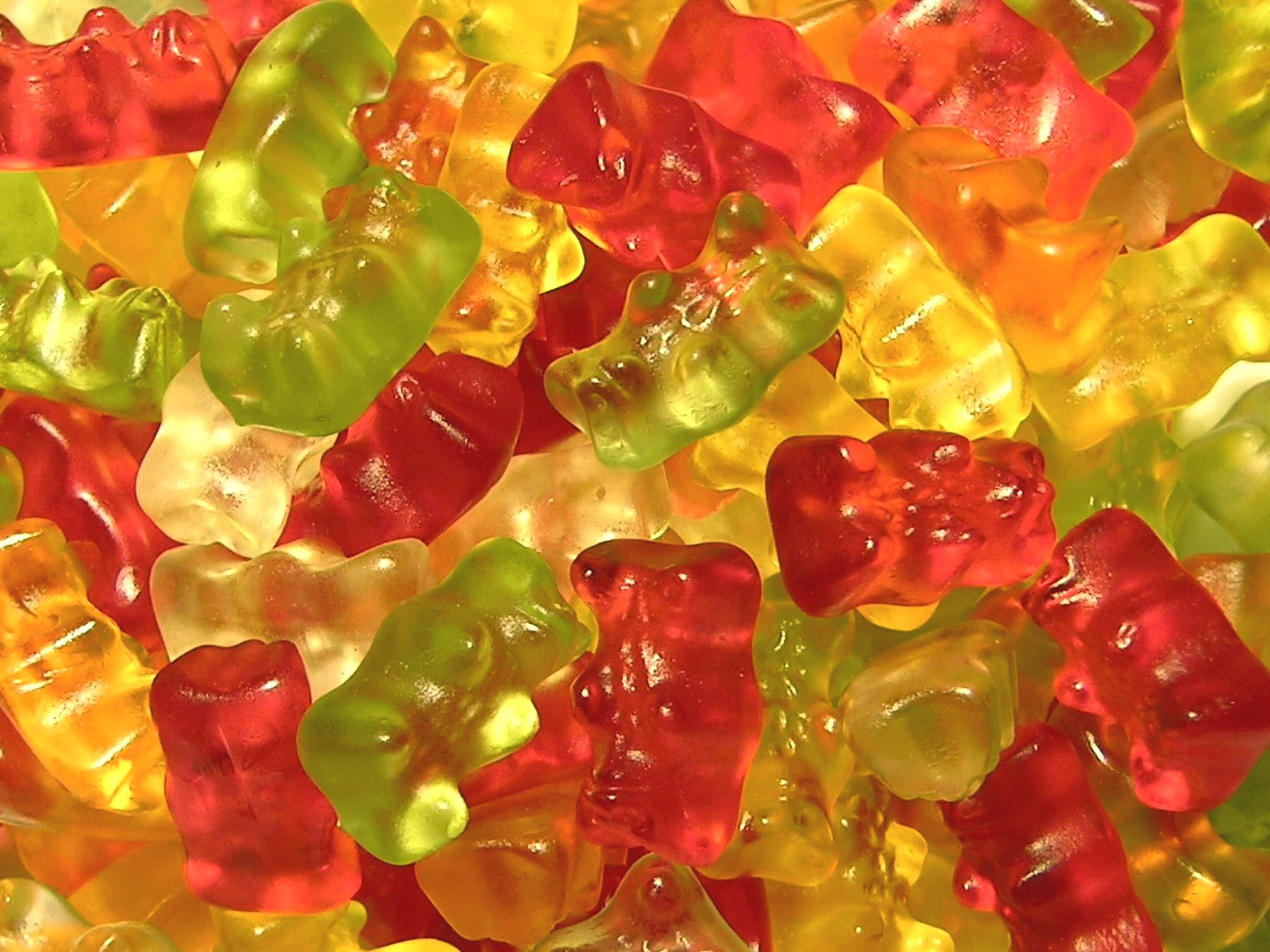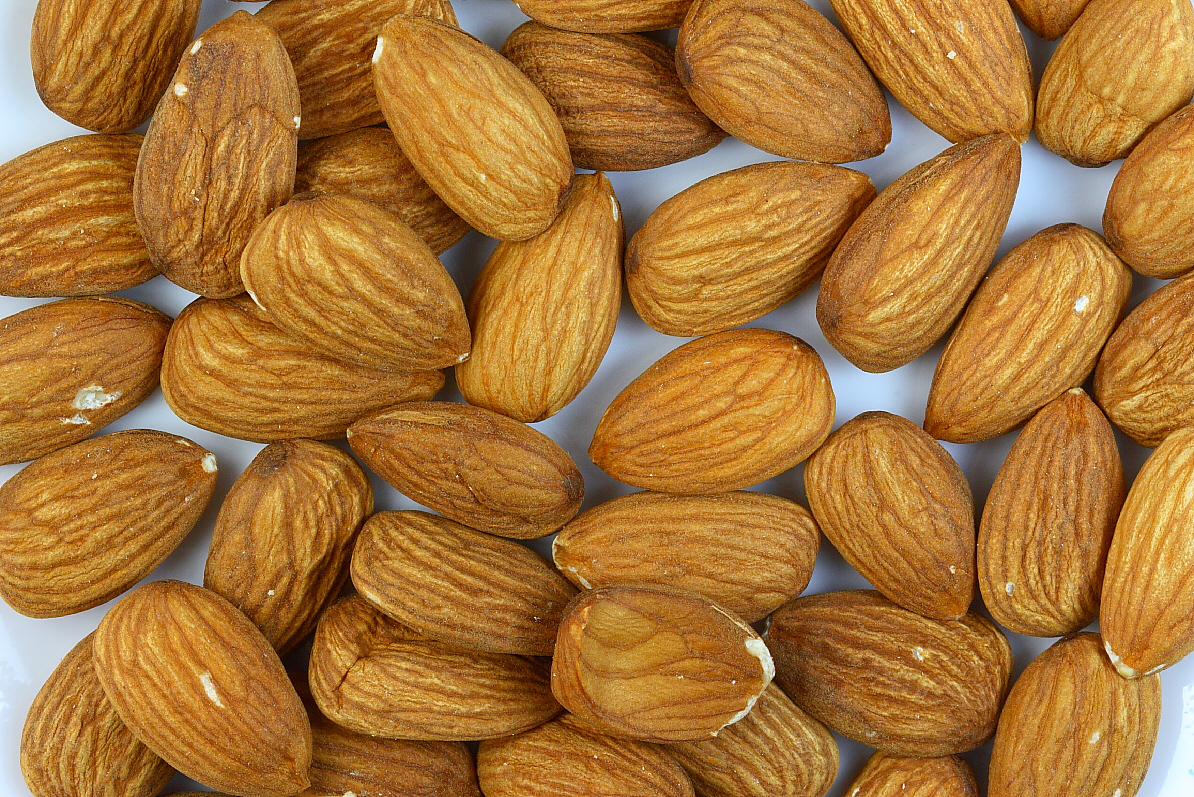Talking with my mother the other day the conversation turned to granola. Mostly because I was making some. I have a
basic recipe that I use, changing it up as needed or as whimsy strikes.
I was low on molasses and didn't have quite enough. Spying the pomegranate molasses I have from Turkish cooking classes I asked if she had ever used it and did she think it would be a good substitute. She hadn't used it so I tasted it and realized that it was probably more tart than I would like in my granola. So extra honey it was.
"I never make granola," she said, "I make muesli." I suddenly realized that I'm not sure what I make. It's not really granola because it doesn't have the hard, crunchy bits that so many people like in granola (mostly because I use less sugars). However muesli, isn't baked at all. Rather it's mixed together - flaked grains, nuts, seeds, and dried fruits. Some people add sugars to it but I prefer to leave those out. When you want some you put it into a bowl, cover it with milk or yogurt and let it sit in the fridge overnight to soak. You can eat it without soaking but if you do soak it you get a great consistency and high digestibility. When I make muesli I usually top my soaked bowl of goodness with some shredded apple, a pinch of cinnamon and a dusting of fresh nutmeg.
Although I can soak my granola it certainly doesn't form the same consistency as muesli because of the sweeteners and the oil.
Over time I have modified the original recipe and I no longer bake in the fruit. If I want fruit I'll add it at the time I serve it which makes things easier for everyone. I have, however, started adding in a lot of seeds to help boost the nutrition. Often my base recipe now includes sesame seeds, pumpkin seeds, and sunflower seeds; all raw and unsalted of course. This batch however is sesame seeds only since when I went to make it I discovered that the pumpkin and sunflower seeds had been raided for hamster treats. (And, quite frankly, I'm not sure how I feel about that. But that's probably a story for another time.)
I was trying to decide what to call this cereal I make. It's probably somewhere in between granola and muesli. Muesola sounds silly. On the other hand gruesli sounds completely unappetizing. I think I'll stick with calling it granola and leave well enough alone.
Here's the base recipe for both with instructions below:
4 C. flaked grains - oats, barley, quinoa, your preference
1 C. raw, unsalted nuts, chopped - my favorites are pecans or almonds
1/4 C. flax seed, ground
1/4 C. sesame seeds
1/4 C. raw, unsalted sunflower seeds
1/4 C. raw, unsalted pumpkin seeds
Mix ingredients together well
Store in an airtight container
If making muesli:
Place 1/3 C. of the mixture into a bowl
Add 2-4 T. of dried fruit
Mix in 2/3 C. milk, yogurt, or apple juice
Cover and place in fridge overnight
In the morning top with 1/4 apple, grated and spices
Yum!
If making granola:
Preheat oven to 350F
Put dry mixture into a large 9 x 13 casserole dish
In a sauce pan mix together
1/3 C. honey - I prefer raw and local
1/3 C. molasses
1/3 C. coconut oil
Heat in a small pot until just starting to bubble
Pour mixture over base recipe, coating evenly
Bake 30 minutes, stirring every 10 minutes to avoid burning
Pull mixture out of oven and sprinkle with 2 t. vanilla extract, incorporating well
Let mixture cool completely before storing in an airtight container
To serve:
Place 1/3 C. of mixture into a bowl
Add 2-4 T. dried or fresh fruit
Mix in milk to desired level
Enjoy!













